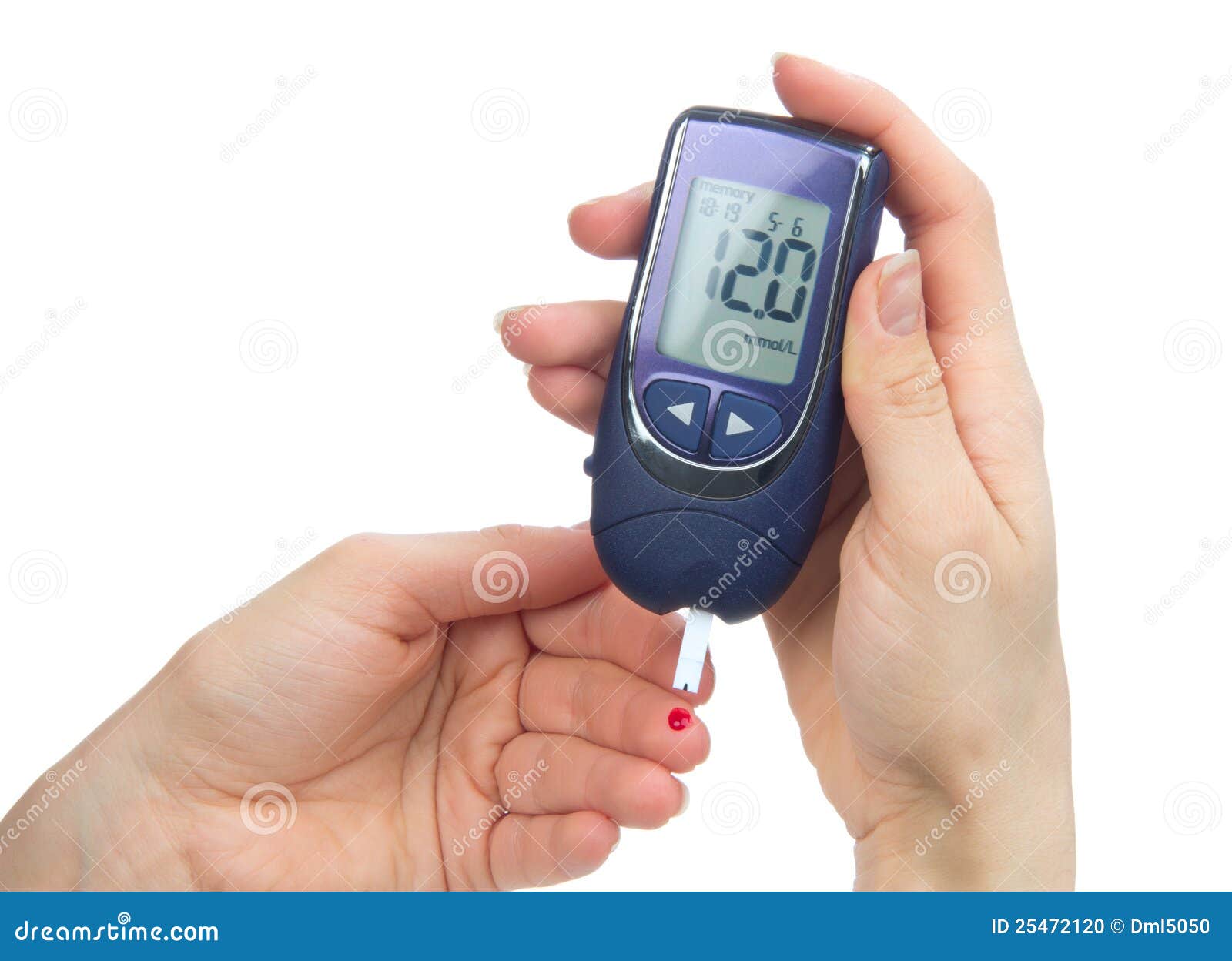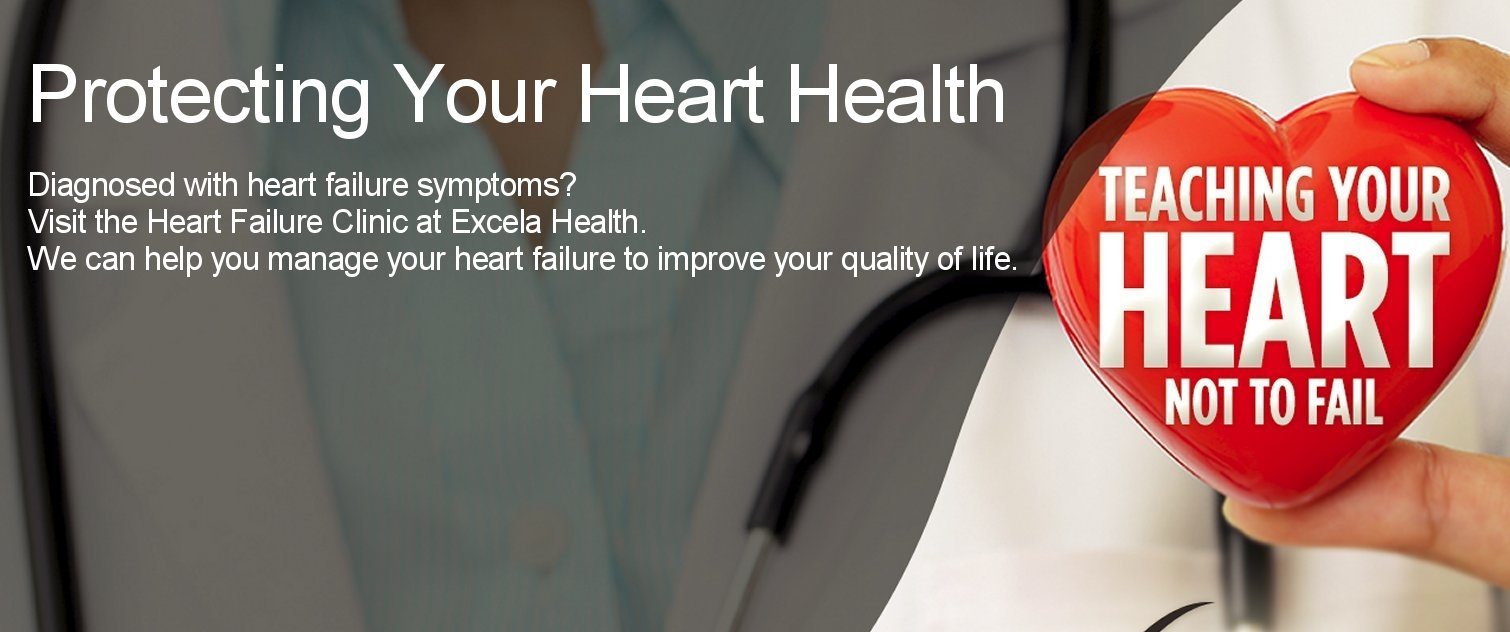



According to the coordinates, the grid lines should be drawn on a graph paper with a pen, and the name of the zones should be written. We have shared detailed coordinates for drawing grid lines of CEGA and PEGA in the template file at the end of this letter.

For the analysis, a large graph paper, ruler, pen, pencil, and a piece of white paper are needed. Percentages of results within the limits were 75% for glucose concentrations <100 mg/dL and 66.67% for glucose concentrations ≥100 mg/dL.Ĭlarke Error Grid Analysis (CEGA) and Parkes Error Grid Analysis (PEGA) (also known as Consensus error grid analysis) can be carried out manually on a graph paper. Overall (in all reference glucose levels), the monitor had 70% of the results within the limits as per ISO 15197:2013 criteria. There were six reference glucose values ≥100 mg/dL hence, these were tabulated according to the absolute difference in percentage. Among the reference glucose reading, four were less than 100 mg/dL hence, these were tabulated according to the absolute difference. In this example, there were 10 pairs of values of blood glucose. An example of the calculation according to ISO 15197:2013 is shown in Figure 1. Grids divide upper and lower zone of A (clinically accurate no effect on clinical action), B (altered clinical action little or no effect on the outcome), C (altered clinical action likely affect the outcome), D (altered clinical action significant clinical risk), E (altered clinical action dangerous consequences) ĭivided into risk levels of 0-0.5 (None), 0.5-1 (Mild, Lower), 1-1.5 (Mild, Higher), 1.5-2 (Moderate, Lower), 2-2.5 (Moderate, Higher), 2.5-3 (High, Lower), 3-3.5 (High, Upper), 3.5-4 (Extreme) Īgreement between the reference and BGM reading by plotting reference blood glucose and difference (reference - meter) in glucose and separating accepted and non-accepted values with the help of gridlines according to defining criteria like ISO, FDA, ADA, and CLIAĪccuracy according to the International Organization for Standardization (ISO), Food and Drug Administration (FDA), American Diabetes Association (ADA), and Clinical Laboratory Improvement Amendments (CLIA) can be calculated manually or in spreadsheet software like Microsoft Excel®. Separate error grids for Type 1 and Type 2 DM. 95% of BGM reading must be within☑5 mg/dL of reference reading if glucose level is ± 20% of reference value no impact on the clinical decision), C (overcorrection of acceptable blood glucose level), D (dangerous failure in detection or treatment), E (erroneous value - opposite to the reference value leads to opposite treatment )


 0 kommentar(er)
0 kommentar(er)
